Having grown up surrounded by art, Fabienne Levy is not the first collector in the family. Kicked off with a photograph by Nan Goldin back in the 1990s, her art and design collection has expanded and evolved to include works by emerging artists and contemporary design, which fill her apartment in Lausanne with colorful and playful vibes. Fabienne thinks that her collection simply reflects herself as a woman in between an adult and a child.
LARRY’S LIST chatted with Fabienne Levy, who talked about the two artworks she fell in love with; the latest additions to her art collection; Chloe Wise as a good example of the common thread through her collection; why trends are her art-world pet peeve; and the four emerging female artists to watch out for.
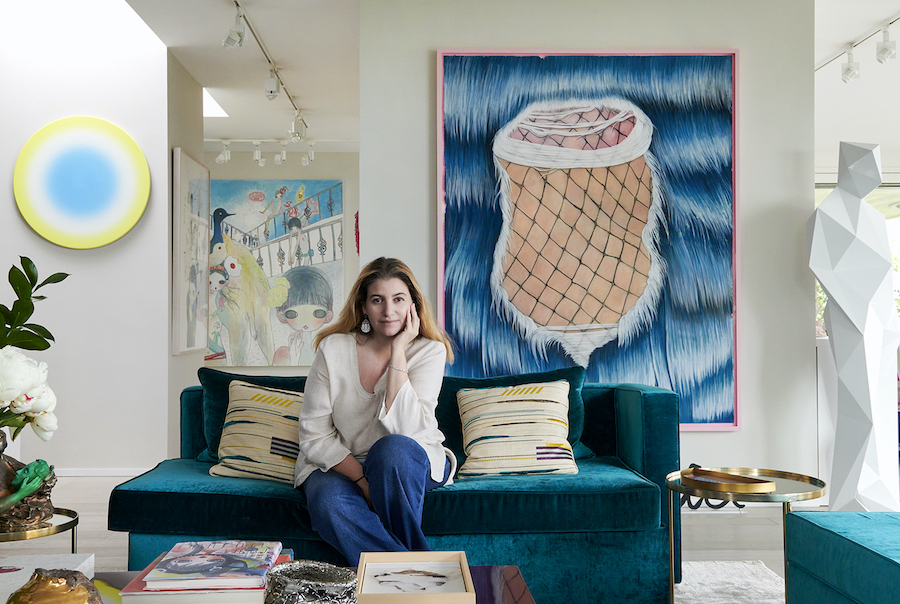
Collecting
What made you want to start collecting art?
I was born into a family of collectors. Both my parents were passionate about art. My mother was the one who taught me the importance of curiosity. She would take my sister and me to museums, ruins, and exhibitions all around the world. Her fascination with art and all its contours inspired me to pursue collecting. Art to me is an encounter between the visual and the emotion, and finding a dialogue between both. Since my first acquisition, my collection has expanded. I buy when I am overwhelmed by the work. I strongly believe that art is a reflection of who we are and who we are becoming. As we change, the collection will evolve.
When did you fall in love with a piece of art? What was it?
The first time I remember being smitten by a painting was with “Vue de L’Estaque” by PaulCézanne. I was young and still remember the vivacity of the colors and the rectangular shape of the brush strokes that were forming the houses and the trees. It was the first time colors made such an impact on me.
Subsequently, I recall falling in love with a “Kitchen Table” series from Carrie Mae Weems at the Chicago art fair in the 90s. I remember my initial excitement as I bought the photograph.Today, every time I look at it, I smile and re-think about the powerful issues her works identifies with.
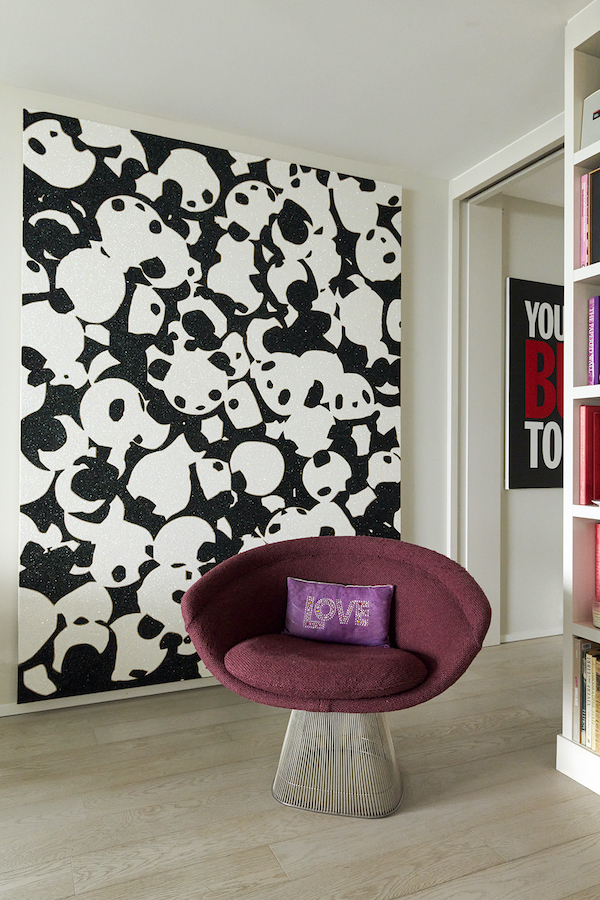
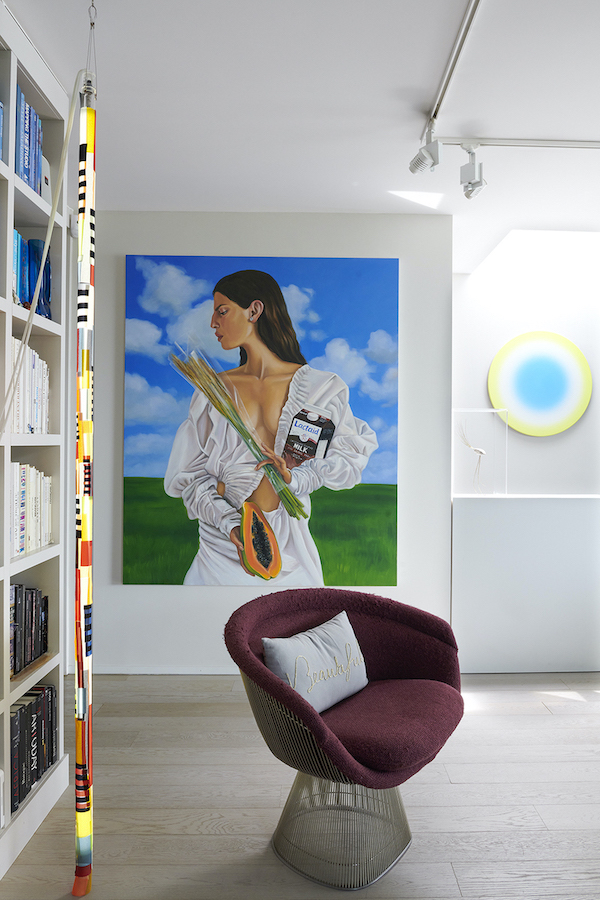
What is your focus of your collection?
I collect contemporary artists, their works being mostly figurative and colorful. The artwork has to affect me emotionally. I need a strong connection through the medium or the palette. The essence of what I collect comes from the woman I am, somewhere in between an adult and a child. As such, most of the works are pointing out social issues or echoing a kid realm. I am interested in artists who are in constant dialogue with their time. Some, with their colors, talk to my soul; others display resistance. Chloe Wise is a good example, as well as Aya Takano, Rebecca Akcroyd, Andrea Mastrovito, Petrit Halilaj, Ahmed Mater, and Mickalene Thomas, just to name a few. They all share those common threads throughout my collection.
What were the first and the latest artworks you purchased?
My first purchase was a photograph by Nan Goldin, “Madonna in Bangkok”. Nan Goldin is one of the few artists who have opened the eyes of my generation to an unconventional world with so much raw honesty. Her photographs are unique and timeless.
The latest work I bought was a drawing by Rebecca Ackroyd. To me the work of Rebecca brings femininity to a new dimension. She plays with our sense of comfort creating an environment we know, yet something isn’t right and needs to be addressed… exactly like women’s condition, we feel safe, but yet not completely.
Recently I bought another John Giorno with words that resonate with my life and probably will continue into the next generation and a Meleko Mokgosi — his works are so powerful.
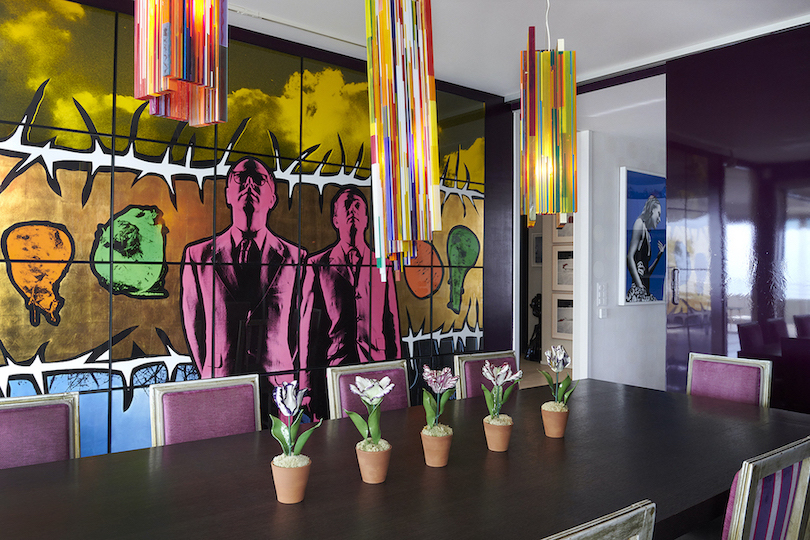

Kitchen by Boffi & Ikea
Tea pot collections
How many artworks do you own?
I own roughly 250 works. Sadly storage is part of a collector’s life, and I look forward to the day when my children will have their own homes to hang some of the art!
Have you ever presented your art collection publicly? Or would you wish to do so?
I have never thought about showing it publicly as I believe my collection doesn’t have the historical weight that some other collections have. But I enjoy sharing it and stimulating talks around it.
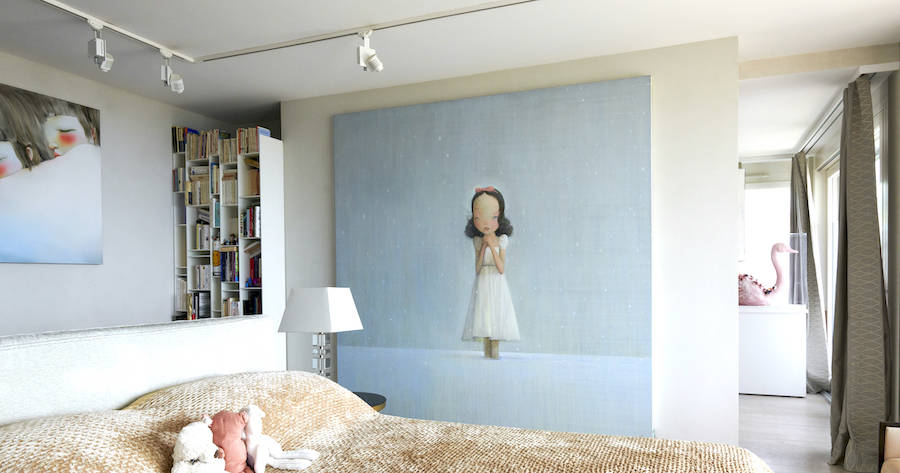
What do you consider before purchasing an artwork?
I first consider if I can afford it, and then how or if it can be placed in my home. I have in the past bought works that I have never been able to live with, such as a sculpture by Andrea Bowers, which after 4 hours trying, we end up deciding it was impossible to install.
Is there any kind of artwork that can make you write a cheque without any consideration?
Only a Tamara de Lempicka at a price I could afford.
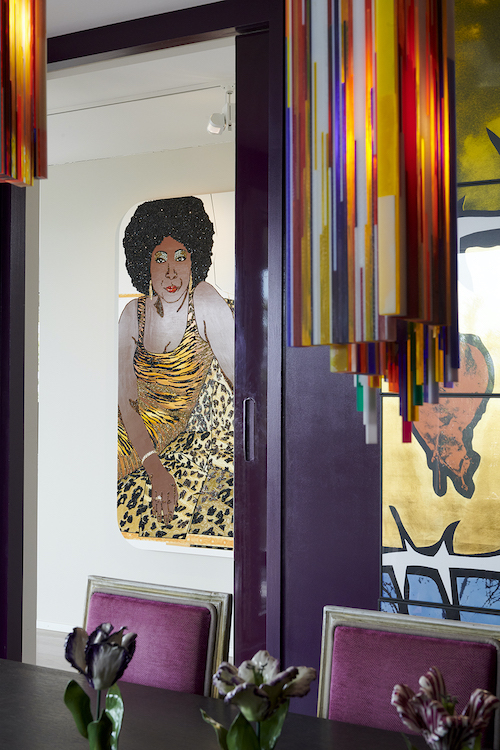
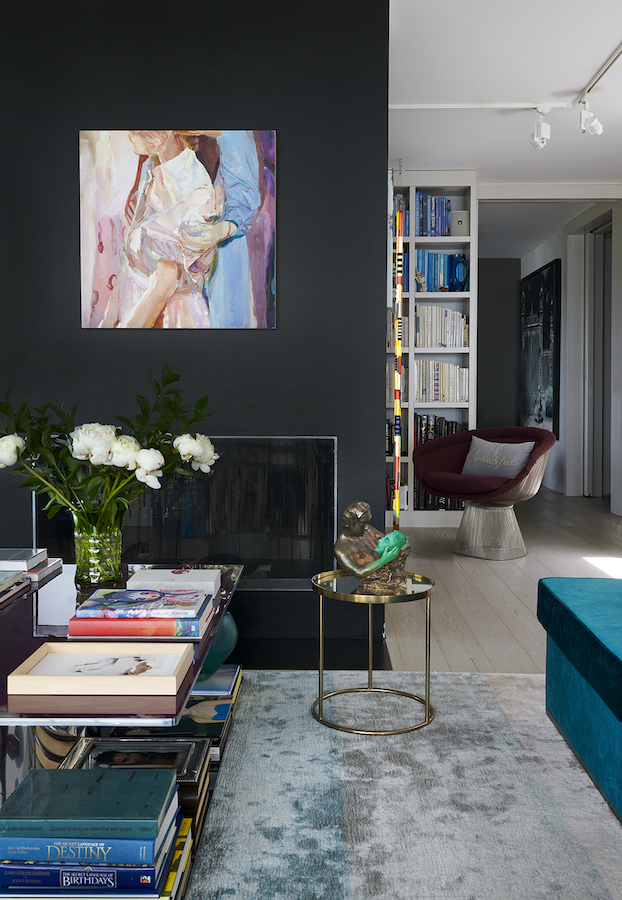
The Art World
What’s your art-world pet peeve?
Trends. They feed within themselves but are the worst for artists and collectors. They will create bubbles around artists and suddenly drop them without looking back. In our world, trends are the target of most sellers, yet it’s against my principles of collecting and can be very damaging to an artist’s career.
Who inspires you the most in the art world?
I am not inspired by people but by the art I see, but if I had to give a name it would be the name of my sister, Dominique Levy. She has inspired me as a woman, as a gallerist, as a curator, as a person with innovative ideas, as a woman with courage. She is always a step ahead. She has dedicated her life to Art and has grown to be a person I undeniably truly admire.

As a new gallerist, what is the most difficult challenge today?
One of the many challenges is to keep young talented artists from signing an exclusive representation contract with a much larger gallery. I heard a few days ago a dealer suggesting that an artist should have a transfer ticket price, somewhat like a soccer player. I am appalled by such an idea. I wish larger galleries would accept to work with smaller ones. After all, we rarely have the same clients. Collaboration between galleries could be the future.
The other issue which I disagree with is the constant need from society to label a gender or a race on an artist. Ido agree that women and minorities artists aren’t as present as they should be, but I also strongly believe that an artist is, first and foremost, defined by his or her talent.
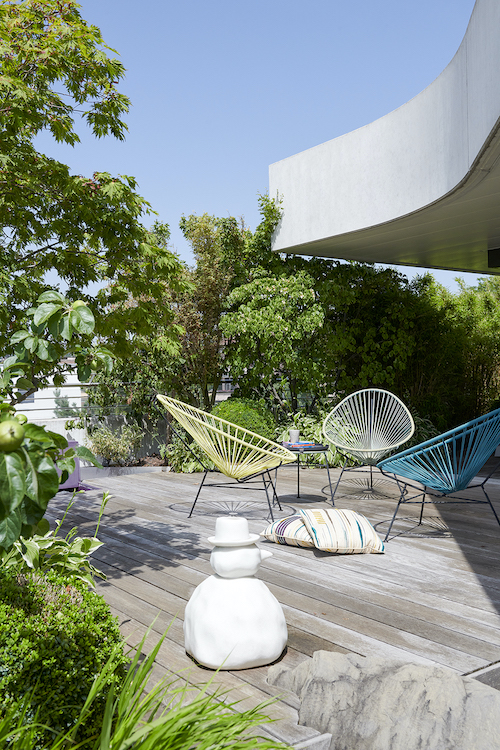
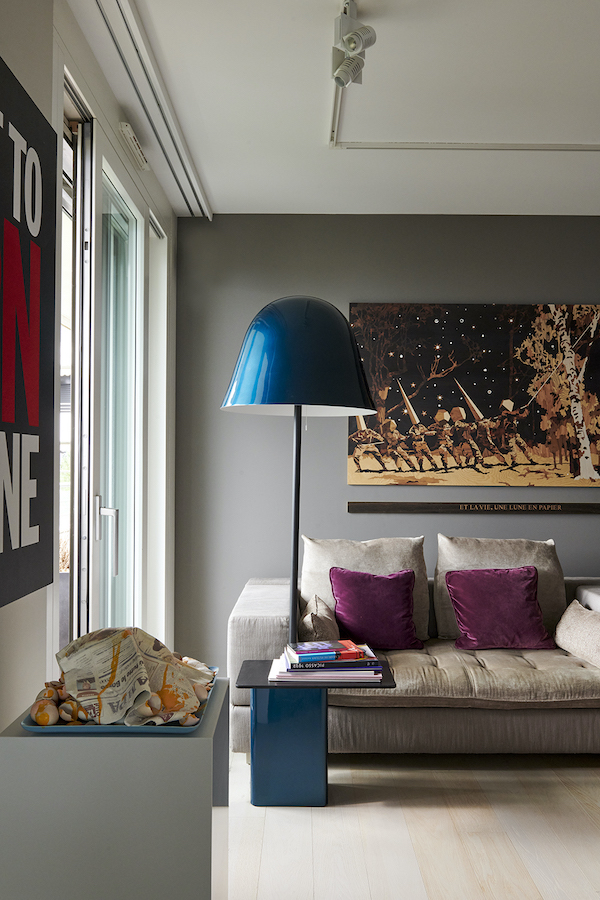
The Art Market
What are the challenges and opportunities faced by artists in Europe?
Today there are no differences in Europe compared to other places. The art world is global. The problem is the disappearance of medium and small galleries and the growth of mega-marketplaces or hubs. Quality over quantity remains the biggest challenge worldwide.
Can you name some emerging artists who should be on our radar?
As a gallery owner working closely with emerging artists, I would watch Ekene Emeka Maduka, Alina Frieske, Romane de Watteville, and Xiao Hanqiu.
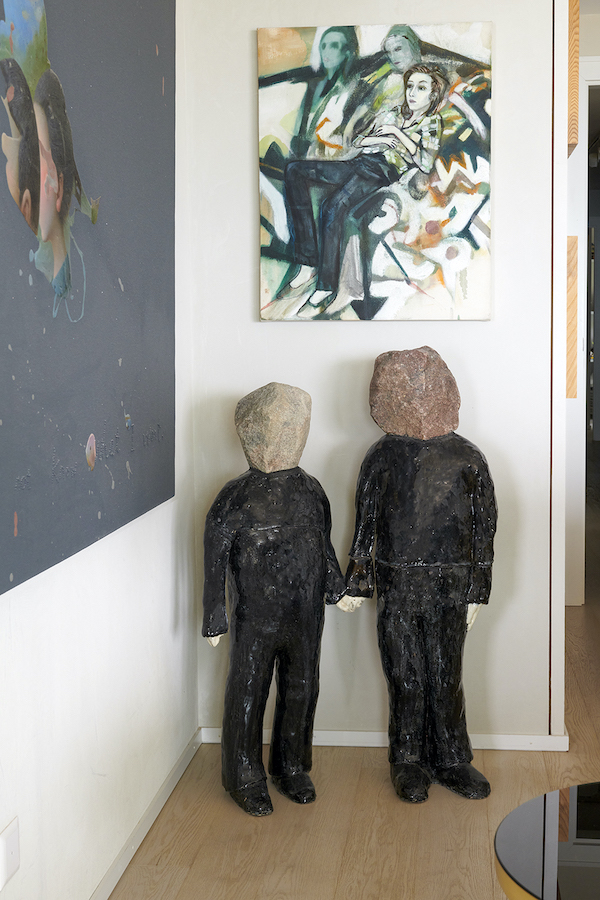
What are you especially excited about in regard to art in the next 12 months?
Aside from the gallery, I have created a project: Space Invasion. The goal is to give a better opportunity for aspiring artists to be seen and for them to familiarize themselves with the steps to present their work. It is an open call for visual students to invade the gallery space. Under a common quote, artists can propose a project. Once they are selected, their works will be on view for 3 weeks.This year, we are in the second edition and have fourteen students.
It’s a way for me to build bridges between the future generations of artists and the collectors. It has been very exciting and has encountered a huge success.
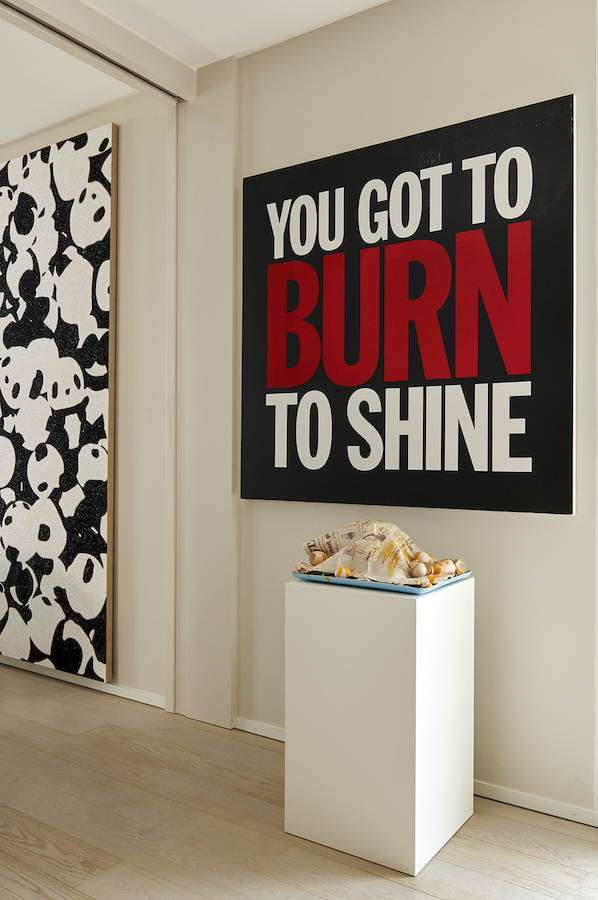
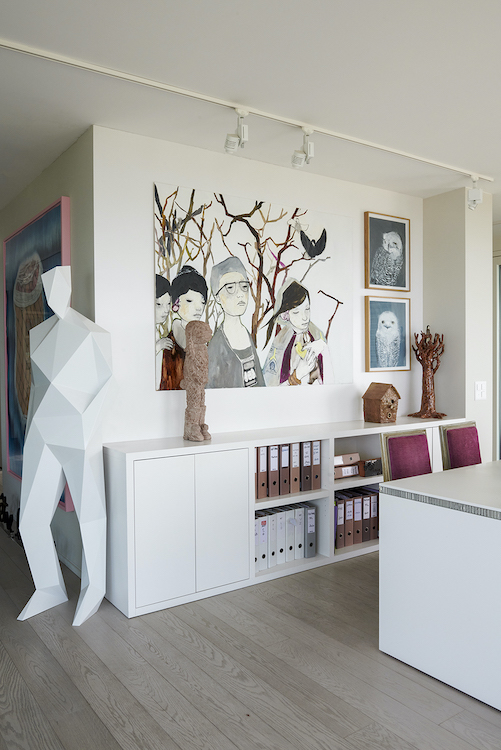
All photos by Catherine Gailloud. Courtesy of Fabienne Levy.
Related: Fabienne Levy
Instagram: fabiennelevygallery, @jouxtens
A selection of artists Fabienne collects:
Aya Takano
Chloe Wise
Mickalene Thomas
Rebecca Ackroyd
Xavier Veilhan
By Ricko Leung





